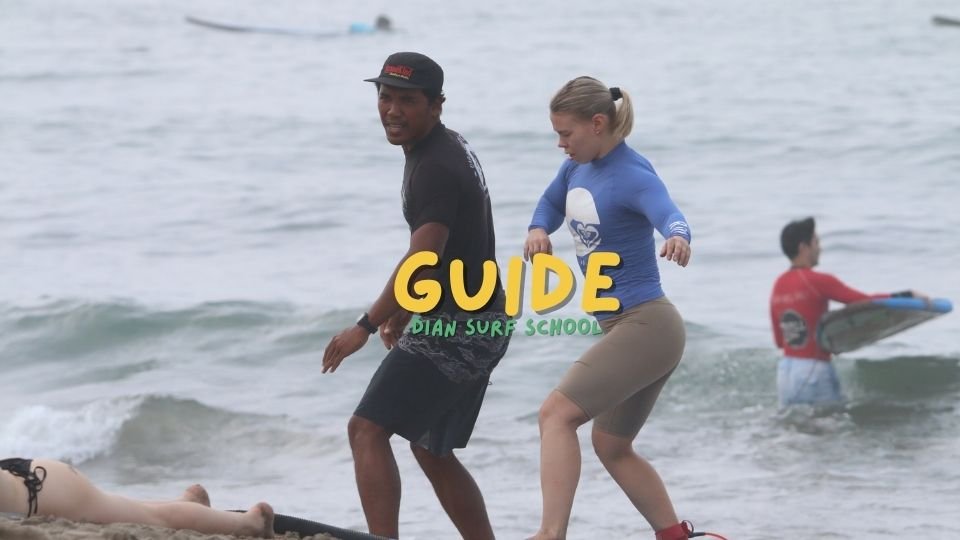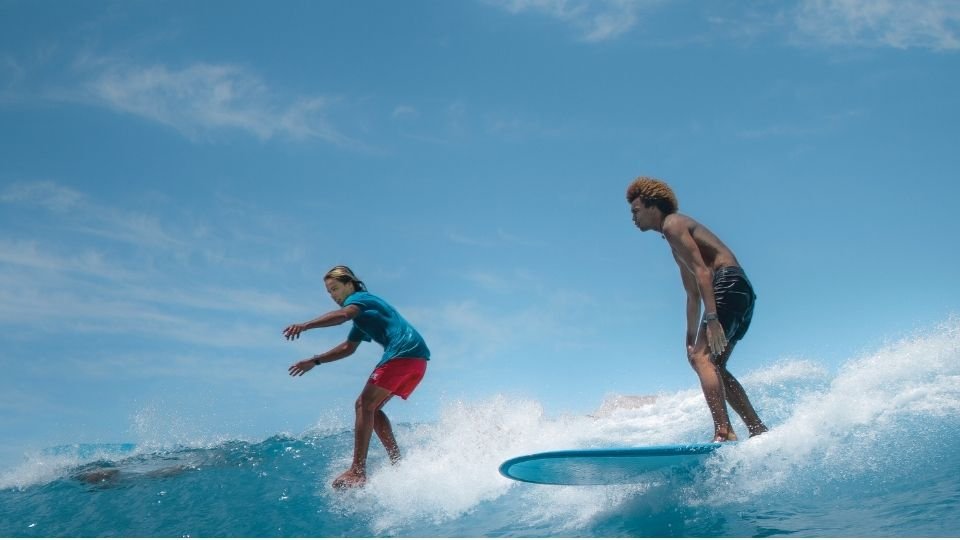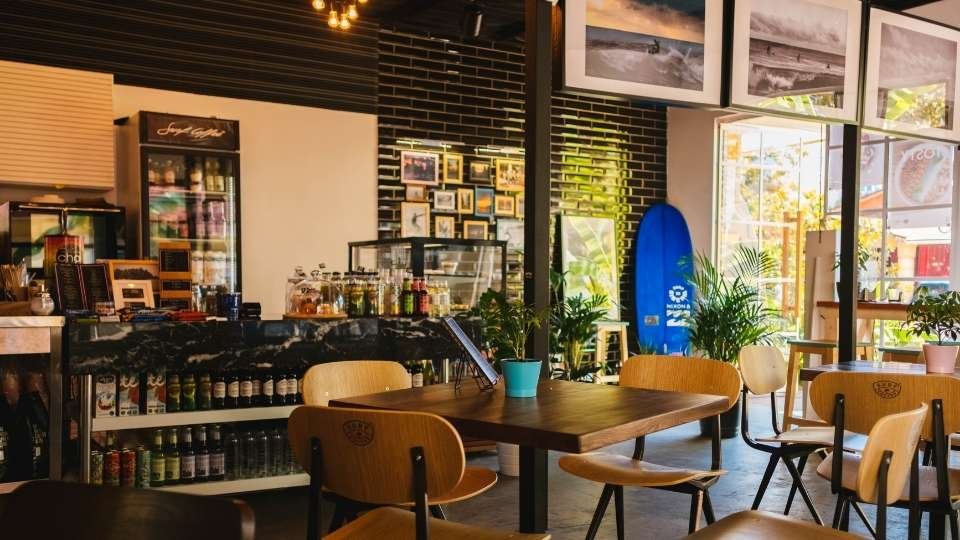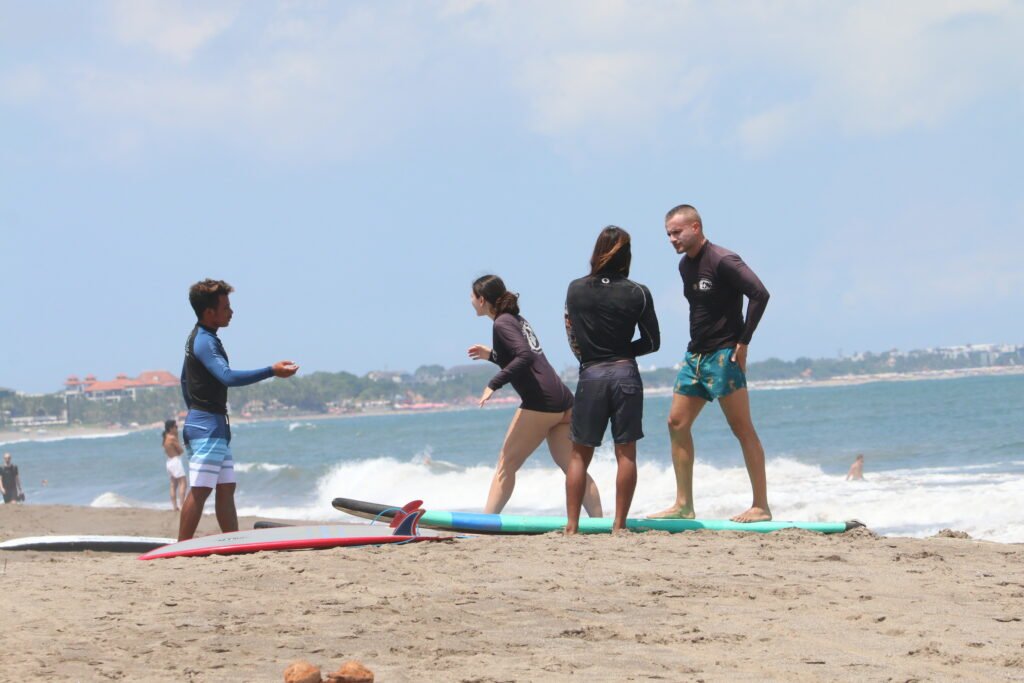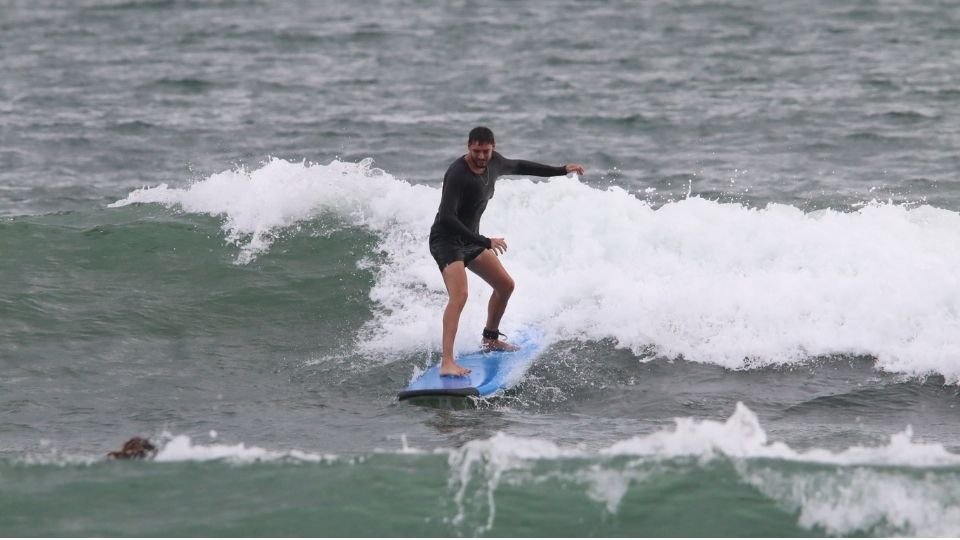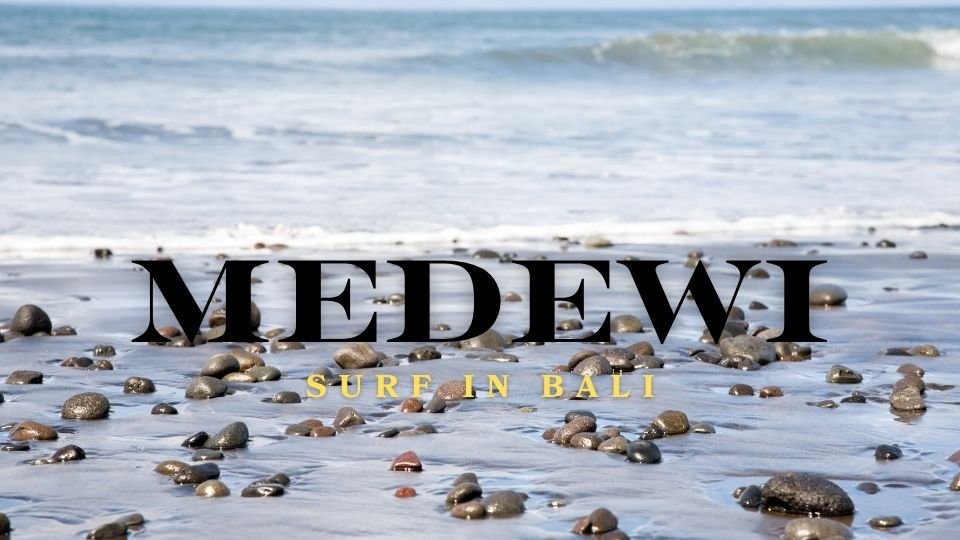
Medewi surfing is an exceptional experience for those looking for a more peaceful and uncrowded alternative to Bali’s popular surf spots. Located on the island’s tranquil west coast in the Jembrana Regency, Medewi offers a combination of long, smooth waves and a relaxed vibe that sets it apart from the more touristy areas of Bali.
Whether you’re a beginner looking for consistent waves or an advanced surfer searching for a serene escape, Medewi surfing delivers the perfect environment for all levels. In this article, we’ll explore why Medewi is one of the best-kept secrets for surfing in Bali.
Why Choose Medewi Surfing?
Medewi is known for its long left-hand point break, offering surfers an opportunity to ride waves that can stretch up to 200 meters. This makes it an ideal spot for both novice surfers and seasoned pros looking to improve their skills. Medewi’s waves break over a rocky bottom, which makes them more forgiving and easier to navigate than some of Bali’s reef-heavy breaks.
Unlike the crowded beaches of Seminyak or the intense surf scene in Uluwatu, Medewi offers a laid-back atmosphere with minimal crowds. This makes it perfect for anyone looking to escape the hustle and bustle and experience a more authentic side of Bali.
Medewi Surfing: A Perfect Wave for Every Skill Level
One of the main reasons Medewi is so appealing is that it offers something for everyone. For beginners, the gentle, rolling waves are ideal for learning to surf. The lack of intense break zones and soft swells make it easier to catch and ride waves, giving newbies the time they need to master their skills.
For more advanced surfers, the longer waves of Medewi allow for extended rides and more time to work on technique, making it an excellent location for those looking to fine-tune their style. Experienced surfers also enjoy the challenge of Medewi’s larger swells during the wet season (November to April).
When is the Best Time for Medewi Surfing?
The best time to surf in Medewi is during the dry season, which runs from May to October. During these months, the surf is more consistent, with offshore winds creating ideal conditions. Early mornings and late afternoons are the best times for clean, glassy conditions, with fewer crowds and excellent waves.
The wet season, although not as consistent, can bring larger swells, which might be better suited for advanced surfers looking for more powerful waves.
What Makes Medewi Unique?
Medewi’s charm isn’t just about the waves—it’s about the whole experience. The village of Medewi has managed to maintain its authenticity, offering a peaceful atmosphere far removed from the commercialized tourist centers of southern Bali. Here, you’ll find family-run homestays, cozy surf camps, and local eateries (warungs) serving authentic Balinese food.
While the surf is definitely the main attraction, the surrounding area is just as captivating. The coastline, dotted with black sand beaches and scenic cliffs, is perfect for exploring on foot or by scooter. Medewi is also close to several hidden gems, like the sacred Bunut Bolong tree and waterfalls tucked in the jungle, making it an ideal destination for travelers seeking both adventure and serenity.
Medewi’s Surf Community
The surf community in Medewi is warm and welcoming, with a mix of local surfers and international visitors. Most locals are experienced surfers who are more than happy to share tips or recommendations about the wave. Unlike more commercialized surf spots, there’s no rush here. The vibe is all about sharing waves and respecting the surf etiquette.
Where to Stay in Medewi
Medewi has a variety of accommodations, ranging from budget-friendly surf camps to more comfortable boutique hotels. Many surf camps offer all-inclusive packages that include lessons, meals, and board rentals, making it easy for beginners and intermediate surfers to get the most out of their trip.
Surf Camps in Medewi
- Bombora Surf Camp Medewi: This popular surf camp offers an intimate experience with spacious rooms, surf lessons, and guided surf sessions. It’s ideal for travelers looking for a balance between comfort and adventure.
- Medewi Beach Inn: A local favorite, Medewi Beach Inn offers beachfront views and affordable rooms, perfect for those looking to enjoy the quiet side of Bali while still being close to the surf break.
Local Guesthouses and Warungs
For a more authentic experience, consider staying in one of the village’s guesthouses. Many offer simple but comfortable rooms and a chance to experience traditional Balinese life. Don’t forget to check out the local warungs for delicious meals like nasi goreng (fried rice) and satay.
Things to Do Besides Surfing in Medewi
While Medewi is primarily known for its surf, there are plenty of other activities to enjoy during your stay. Here are a few suggestions:
- Explore the Rice Fields: Medewi is surrounded by lush, green rice terraces, which make for a relaxing walk or scooter ride.
- Visit Bunut Bolong: This iconic sacred banyan tree with a large hole in the trunk is a must-see, offering a glimpse into Bali’s spiritual heritage.
- Discover Hidden Waterfalls: The nearby area is home to several stunning waterfalls, perfect for cooling off after a day in the sun.
Medewi Surfing: A Budget-Friendly Destination
Compared to other Bali surf destinations, Medewi is relatively affordable. You can easily find budget accommodation options, and meals are cheap and delicious. This makes it a great choice for backpackers, digital nomads, and anyone looking for a more budget-friendly surf trip.
Whether you’re staying in a surf camp or a local homestay, you can expect a warm welcome, great waves, and a more relaxed pace of life.
Tips for Surfing in Medewi
- Choose the Right Board: A longboard or mid-length board is ideal for the mellow waves, but shortboards can work well on bigger days.
- Bring Reef Shoes: While the rocky bottom is not as sharp as coral reefs, it’s still a good idea to bring reef shoes to protect your feet.
- Check the Tide: Medewi works best on mid to high tide. Low tide can expose rocks and make paddling out trickier.
- Respect Local Surf Etiquette: Medewi has a small, tight-knit surf community. Be patient and respectful in the water, and always share waves.
Conclusion: Medewi Surfing, A Surfer’s Hidden Paradise
If you’re looking for great waves without the crowds, Medewi is the surf spot you’ve been searching for. With long, smooth left-hand waves, a welcoming community, and an authentic Balinese atmosphere, it offers everything a surfer could want. Whether you’re looking to ride your first wave or perfect your skills on longer rides, Medewi offers a unique and peaceful surf experience in Bali. With its quiet charm and natural beauty, Medewi is a perfect choice for your next surf adventure.

